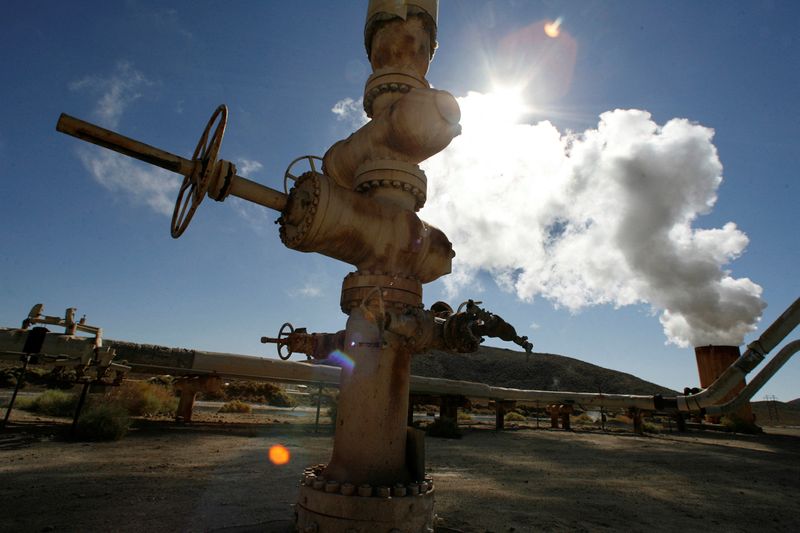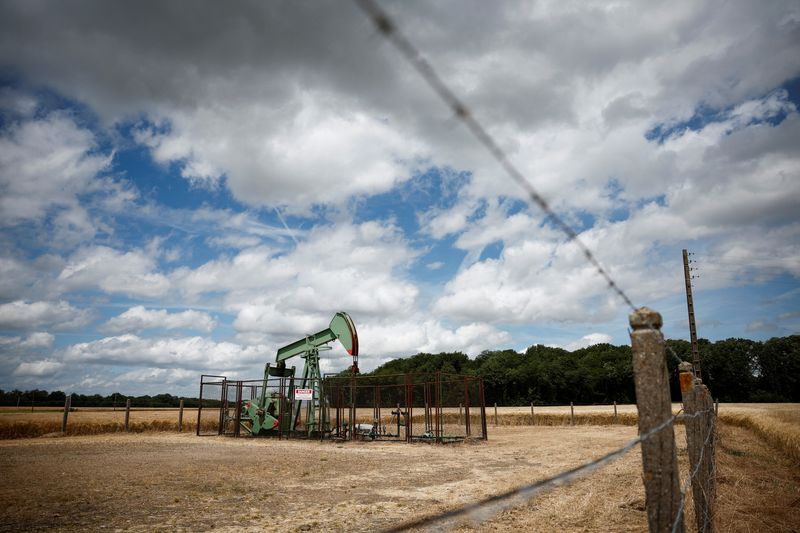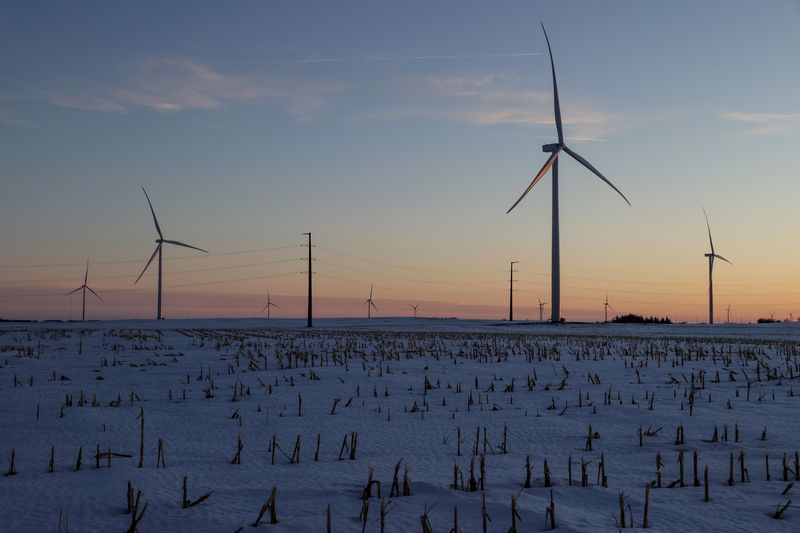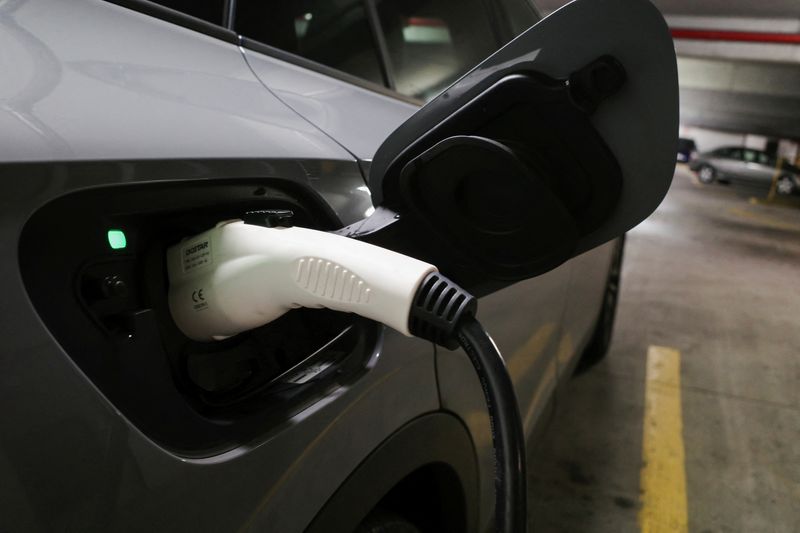
By Forrest Crellin
PARIS (Reuters) – The shale drilling techniques that led to a boom in oil and gas output have also spurred the development of geothermal, which in theory could provide a stable source of power equal to the demand of India and the United States combined, the IEA said on Friday.
Speaking after publication of the Paris-based agency’s first report on geothermal energy, International Energy Administration (IEA) Executive Director Fatih Birol said the source was suited to providing the massive amounts of stable energy data centres require.
“The new structure of geothermal is very similar to the oil and gas revolution. We see that the new technologies are unlocking the global potential with the so-called horizontal drilling and hydrofracking as used in shale,” Birol said.
“One of the drivers of this appetite for geothermal energy is the need for electricity for data centres. When you look at the United States, there is a big push for data centres, which want 24/7 electricity, making geothermal a good fit.”
Unlike renewable supplies from wind and solar, geothermal energy can be a constant power source, but it is in its infancy and the IEA and Birol said it needed government backing and major investment.
The shale drilling techniques in question have also attracted opposition from environmental campaigners in the context of the oil and gas industry because of concerns over water pollution and earthquakes.
Three quarters of geothermal’s global potential is concentrated first in the United States, then China and then India, Birol told Reuters.
The incoming Trump administration has said it will push for more oil and gas drilling and wants to scale back green power initiatives, but Birol said he saw no reason why that should exclude increased geothermal use.
Geothermal heating could rise to as much as 800 gigawatts (GW) globally, or 15% of global demand growth by 2050, with an annual output equivalent to the combined current demand for the U.S. and India, IEA data showed.

Global investments would need to exceed $1 trillion (951.11 billion euros) by 2035 and $2.8 trillion by 2050, with about 75% needed to be invested in electricity generating facilities, the IEA report said.
(1 euro = $1.0514)
This post is originally published on INVESTING.






